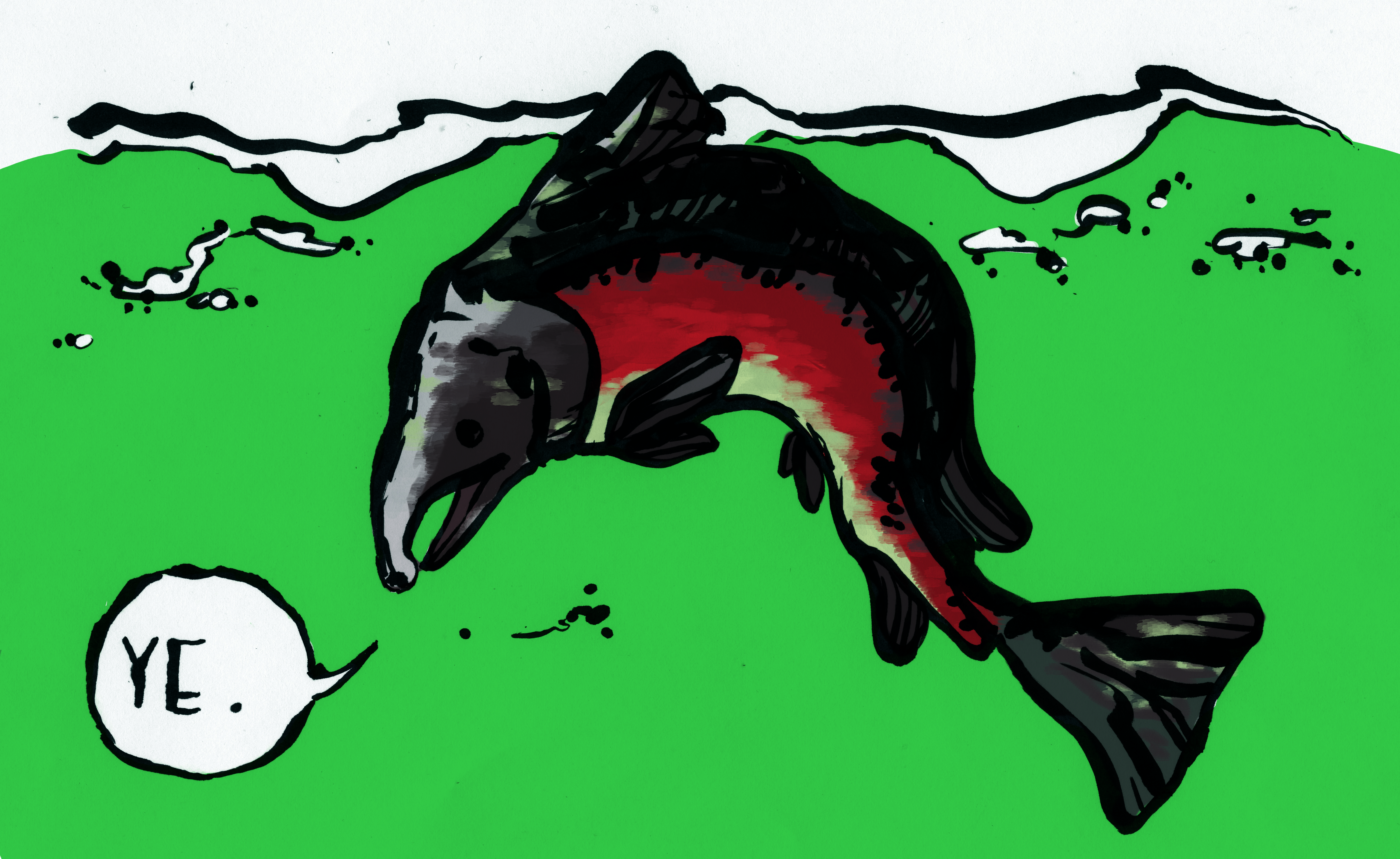The value of the West Coast’s commercial salmon fisheries has dropped from $263 million to $24 million since the 1990s. Research shows this is due to a decline in endangered populations of salmon.
Enhancing Production in Coho: Culture, Community, Catch (EPIC4), a new four-year research project co-led by SFU geneticist Willie Davidson, aims to answer some of the questions that surround the Coho salmon through genetics.
By understanding the genetics of the Coho, Davidson and his team aim to help reopen the commercial Coho salmon fishery that closed down in 1999 and revive aquaculture on Canada’s Pacific coast.
Currently, very little is known about the genetic makeup of the Coho salmon. One of the goals of the project is to establish the genome of the species. Along with establishing the Coho genome, the goal of the project is to look into how the Coho salmon compares with the Atlantic salmon, whose genome has already been established.
The researchers hope that comparing the two genomes will help them gain insight into what the foundational differences between the Coho and Atlantic salmon are. “Looking at Coho, we know there are many differences and yet many similarities between Coho and Atlantic salmon,” said Davidson. “Can we put genomic, genetic basis for that?”
Davidson’s focus on genetics could help shed light on what drives the salmon to behave in the manner that they do. Coho spend one year after birth in freshwater; they will then swim downstream to saltwater, stay there for one to two years, and finally return to the same stream in which they were born to spawn and then die.
There is no clear explanation of why the salmon follow this pattern, and by looking at the genes of the Coho, the researchers hope to establish if the species is better adapted to fresh or saltwater. This could lead to the establishment of a comprehensive conservation strategy.
Another reason to look at how genes relate to a Coho’s life history is to figure out how the salmon deal with stress in their upstream migration.
Coho salmon have spawning migrations of various lengths and as a result can travel up streams and rivers that have had very little human impact. However, some Coho migrate into the interior of the province through rivers that have been heavily dammed for hydroelectric power projects.
It isn’t yet understood how these migratory challenges affect the salmon, but if the study gains insight into how the Coho react to these stressors, there is hope that the stocks that migrate into the interior of the province can be improved.
When asked about what he would consider the most exciting potential outcome for the project, Davidson replied, “I think understanding the basic biology and understanding the marine survival would be the biggest kick that I could get out of it.”

